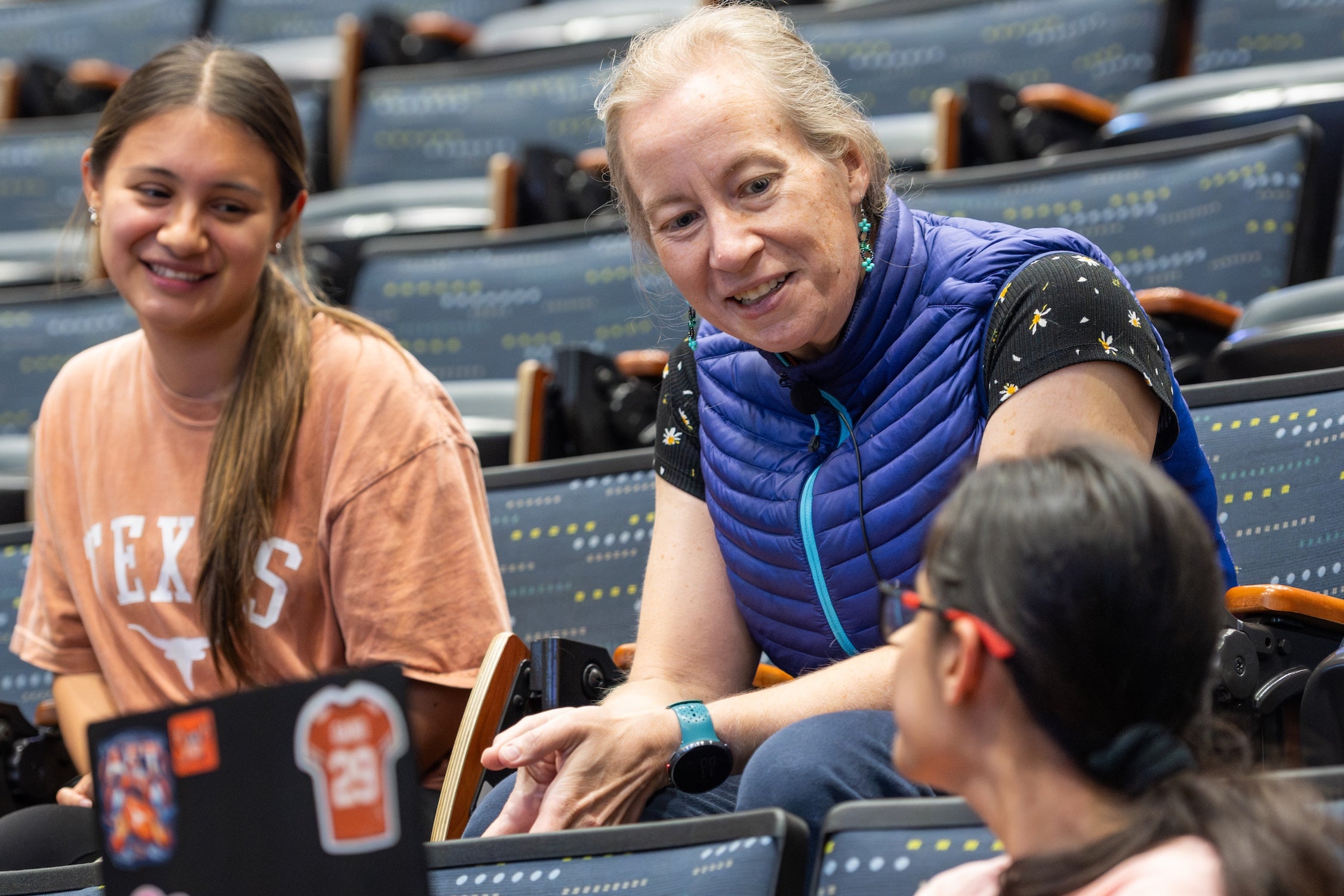Physicist Receives DOE Funding for Fusion Projects
UT Austin researcher Saeid Houshmandyar has been awarded approximately $900,000 by the DOE for fusion and plasma research over three years. The funding will support projects on electron cyclotron emission diagnostics for tokamaks and develop operation scenarios for ITER, advancing efforts to harness fusion as a clean energy source.

University of Texas at Austin researcher Saeid Houshmandyar will collectively receive roughly $900,000 from the Department of Energy (DOE) over three years to fund fusion and plasma research projects. This funding represents a larger effort on the part of the DOE to lay the foundation for fusion as a clean, plentiful energy source in the future.
Awards were chosen based off peer-reviewed submissions to two funding opportunities, sponsored by the Office of Fusion Energy Sciences within the DOE.
One of Houshmandyar’s projects focuses on developing electron cyclotron emission (ECE) diagnostic systems to measure electron temperature and electron temperature fluctuations attained in fusion devices, such as the tokamak, a donut-shaped device which uses a magnetic field to contain ionized gas, or plasma. This project focuses on a medium-sized tokamak in the Czech Republic called the Compass Upgrade, which can perform experiments relevant to the International Thermonuclear Experimental Reactor (ITER), a global fusion project which remains the world’s largest plasma physics experiment.
Funding was also provided for Houshmandyar’s multi-institutional project dealing with the Experimental Advanced Superconducting Tokamak, a fusion reactor in China which provides direct experience for the construction of its much larger counterpart, the ITER. This project aims to develop operation scenarios and control applicable to the ITER and beyond. For this project, Houshmandyar is innovating by developing a portable-size ECE system, using state-of-the-art and contemporary technologies to measure real-time temperature gradient and temperature fluctuations in turbulent plasmas; the signal from the diagnostic would be utilized in feed-back control of the tokamak operations.
Houshmandyar, a research associate at the Institute for Fusion Studies, received his doctorate in physics from West Virginia University in 2010, and joined UT Austin’s Institute for Fusion Studies in 2014.



